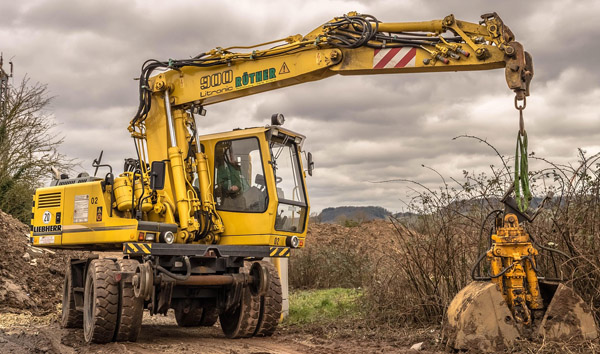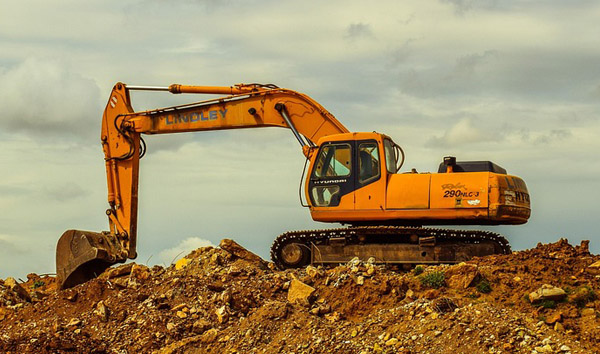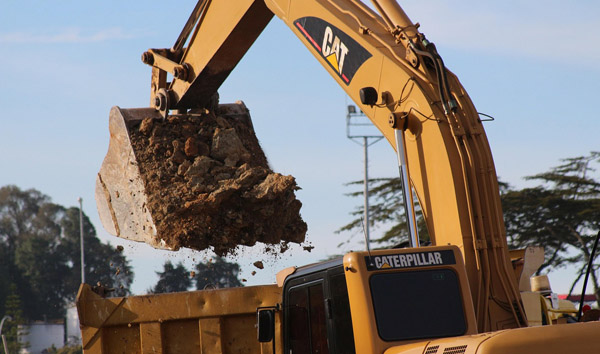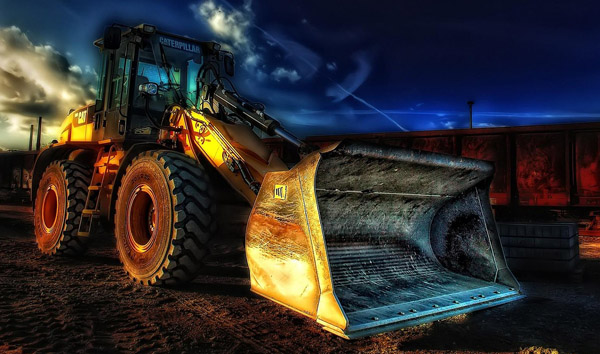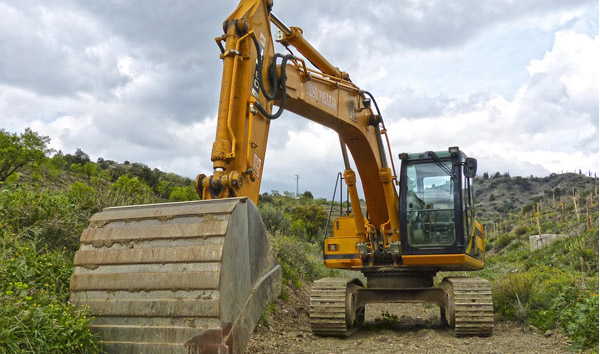Navigating the Complexities of All-Terrain Forklift Specifications
2025-08-04 04:15:29
All-terrain forklifts are engineered to handle uneven, muddy, or rocky surfaces with ease, making them indispensable in construction, agriculture, and forestry. One of the most critical specifications is load capacity, which typically ranges from 3,000 to 10,000 kg, depending on the model. Higher-capacity units often feature reinforced chassis and hydraulic systems to maintain stability under heavy loads. Additionally, the lift height, another vital specification, can extend up to 6 meters, allowing operators to maneuver materials in challenging terrains efficiently.
Engine power is another defining factor for all-terrain forklifts, with most models equipped with diesel engines ranging from 50 to 150 horsepower. These engines provide the torque necessary for climbing inclines and traversing soft ground. Some advanced models incorporate hybrid or electric powertrains to reduce emissions without sacrificing performance. Fuel efficiency is also a key consideration, as operators often use these machines for extended periods in remote locations where refueling may be inconvenient.
Tire design plays a pivotal role in the functionality of all-terrain forklifts. Unlike standard forklifts, these machines feature large, deep-tread pneumatic tires that enhance traction on loose or slippery surfaces. Some models even offer foam-filled or solid tires to prevent punctures in harsh environments. The tire width and pressure are adjustable in certain units, allowing operators to customize the forklift’s footprint for improved stability on varying terrains.
Stability is a non-negotiable specification for all-terrain forklifts, given their operation on uneven ground. Features like oscillating axles, dynamic load sensors, and counterweight optimization ensure safe lifting and movement. Many models also include advanced suspension systems that absorb shocks, reducing operator fatigue and material spillage. Additionally, some high-end forklifts come with automatic tilt control to prevent tip-overs when handling loads on slopes.
Finally, technological integrations are becoming increasingly important in all-terrain forklift specifications. GPS tracking, telematics, and automated load management systems enhance operational efficiency and safety. Some models even feature remote diagnostics, allowing maintenance teams to identify issues before they escalate. As industries demand more versatile and reliable equipment, manufacturers continue to innovate, ensuring all-terrain forklifts meet the evolving needs of rugged worksites.




